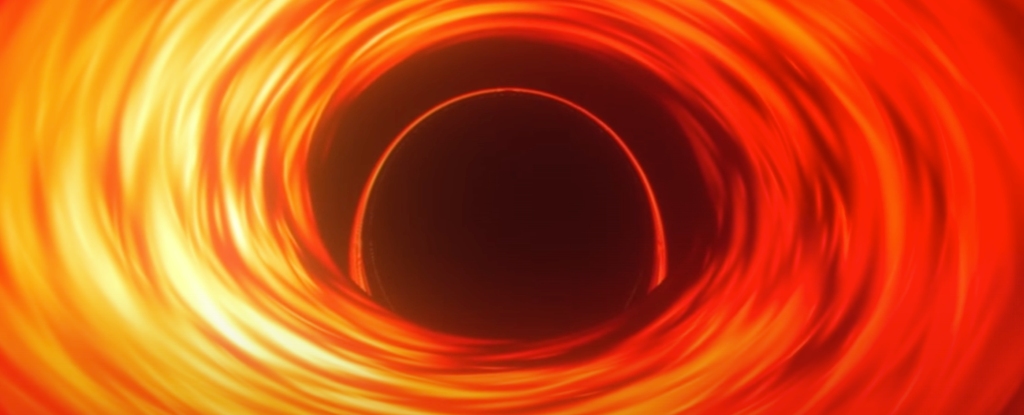Space is dominated by supermassive black holes that sit at the centers of galaxies. These behemoths start at around 100,000 times the mass of the Sun and can reach tens of billions of solar masses at maximum. Although we have some ideas about how they got that way, the biggest mystery of the universe is how these black holes became so huge. Direct measurements confirm the presence of more than 100 supermassive black holes.
The Unique Properties of Black Holes
Black holes are the densest objects in the universe. These objects are so compact that they can only be mathematically described as a singularity. Space-time becomes gravitationally warped into what is effectively a closed sphere around them. Not even light has sufficient velocity to escape within this sphere, which is referred to as the event horizon.
The Range of Supermassive Black Holes
NASA’s new animation provides a jaw-dropping look at the range of supermassive black holes. The animation begins with a black hole in a dwarf galaxy named J1601+3113, which hosts a black hole around 100,000 solar masses. The video also showcases the supermassive black hole in the center of our own galaxy, Sagittarius A*, clocking in at around 4.3 million solar masses. The animation also showcases M87*, the first black hole ever imaged, which has a much higher mass of 5.37 billion Suns.
Potential for Further Discoveries
Astronomers believe that black hole mergers should produce gravitational waves, which can provide a significant clue in the way supermassive black holes grow. However, the frequency of these mergers is too low for our current instruments to detect. One of the largest black holes we know of in the Universe is TON-618, which has a mass of 66 billion solar masses. The universe is defying theoretical predictions, and we continue to discover new information about supermassive black holes that will help us understand these cosmic giants even better.


Leave a Reply